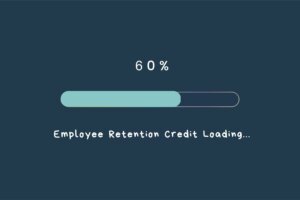Structure of the Solicitation Process in Capital Campaigns #10
There are a number of rules for the solicitation of gifts/commitments to a campaign:
A solicitor…
(1) Must make his/her campaign commitment before s/he can solicit commitments from
others;
(2) With few exceptions, can only ask for commitments equal to or less than that which s/he has made; and,
(3) Should be the best person to be asking a particular prospect for his/her commitment.
Simply, a solicitor, to be credible, should be able to tell a prospect that s/he has already made his/her commitment, and s/he must be able to avoid having the prospect ask, “Why should I make a gift that of that amount when you didn’t?” And, the solicitation is more likely to go smoothly/successfully if the solicitor and prospect have a prior (positive) relationship.
(4) There is also a rule that limits to 5-6 the number of prospects assigned to anyone solicitor at any one time. Volunteers should feel that it’s relatively easy to solicit the few prospects they’ve been assigned … and you want to avoid solicitor burnout.
The number of volunteer solicitors needed in any one Division depends on the number of prospects in that segment of the constituency. For example:
If a Division has 186 prospects, approximately 36 of those
individuals would need to be recruited to be solicitors.
That’s 1 Division Chair … who recruits/educates/solicits
6 Division Co-Chairs or Vice-Chairs … who recruit/educate/solicit
30 Division Captains … who solicit the remaining 150 prospects.
There are, of course, exceptions – any number of prospects can be assigned to a solicitor (a few at a time), depending on the willingness of the solicitor, his/her level of success in prior solicitations, and the quality of his/her relationships with other likely prospects.
It’s also possible that you can have some solicitors with only 1 or 2 prospects to approach – simply because of the relationship (or lack of such) between the volunteer and prospective donors.
5) Each solicitor should have a pledge card/form for each assigned prospect … with the name of the prospect already on the card. During the solicitation, after the specific dollar “Ask” has been made and agreed to, the solicitor brings out the pledge card and asks for a signature.
(6) If, for whatever reason, a prospect is not ready/willing to sign the pledge form, it should never be left with the prospect. The solicitor must make another appointment to come back to get the card signed. Leaving the card risks never seeing it again.
=-=-=-=-=-=-=-=-=-=-=-=-=-=
Have a comment or a question about starting or expanding your basic fundraising program, your major gifts fundraising program, or a capital campaign? Email me at AskHank@Major-Capital-Giving.com. With over 30 years of counseling in major gifts, capital campaigns, bequest programs, and the planning studies to precede these three, we’ll likely be able to answer your questions.
 Sections of this topic
Sections of this topic
















